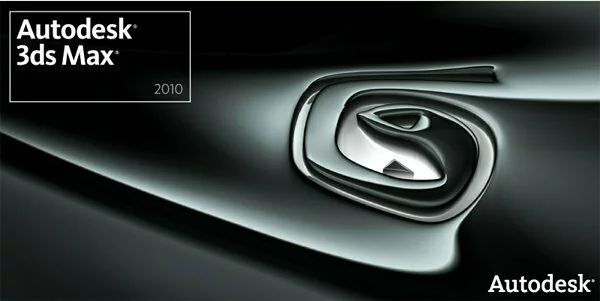Introduction to 3ds Max Anisotropic Shader.
Anisotropic shader in 3ds max creates surfaces with elliptical ,“anisotropic” highlights. The basic parameters are similar to blinn material and specular highlights are similar to Oren – Nayar – Blinn shading. It is used to create highlights on hair, glass and brushed metal.
Anisotropic shader in 3ds max
How to set a material’s Shading type
- Under Shader Basic Parameters rollout, open the shader drop-down list.
- Click the name of the shader type to Anisotropic to use for the active material.
Shader Basic parameters
Wire
Renders the material in wireframe mode. You can set the size of the wire in Extended Parameters.
2-Sided
Makes the material 2-sided. Applies the material to both sides of selected faces.
Face Map
Applies the material to the faces of the geometry. If the material is a mapped material, it requires no mapping coordinates. The map is automatically applied to each facet of the object.
Faceted
Renders each face of a surface as if it were flat.
Basic Parameters
- Ambient – Ambient color is a color in a shadow. The lock button to the right of the Ambient and Diffuse settings, when on (the default), forces them to use the same map.
- Diffuse – Diffuse is the color in direct light. I.e the color of a material.
- Specular – Color of highlight on a shiny object.
- Specular Highlights
- Specular Level –It is the intensity of specular highlight. As you increase the specular level, the highlight grows brighter.
- Glossiness – Highlights get smaller and material gets shinier. It affects the size of Specular highlights
- Soften- Smoothes the adjacent faces of highlights
- Self illumination- It makes the surface Self Illuminated. Self-illumination creates the illusion of incandescence by replacing shadows on the surface with the diffuse color.
- Self illumination Color – It uses color if the color option is enabled.
- Orientation – It changes the orientation of highlight. This is a value in degrees that can range from 0 to 9,999. Default=0.

 22 Feb 2013
22 Feb 2013  Posted by Animation Tutorial
Posted by Animation Tutorial

